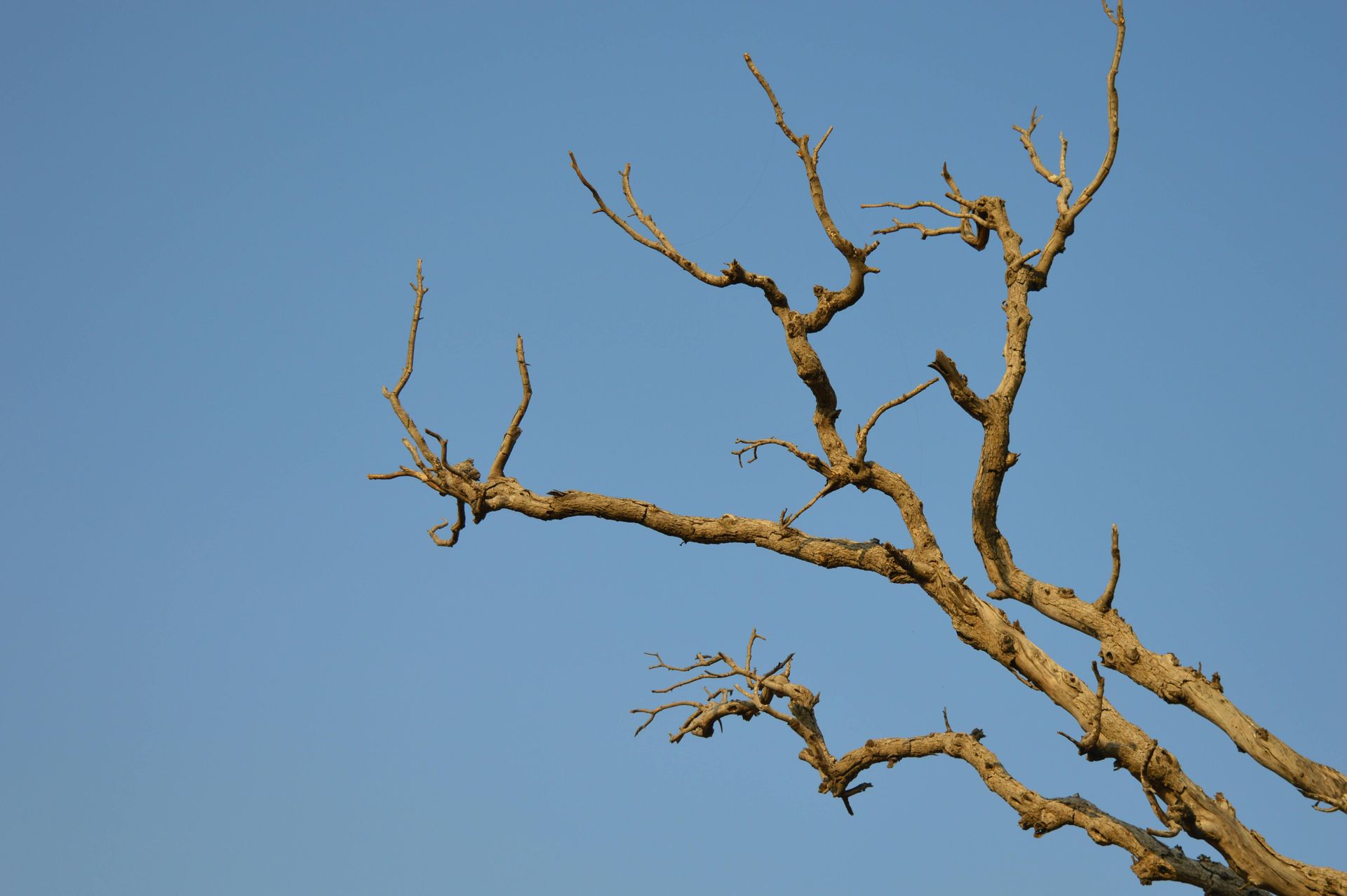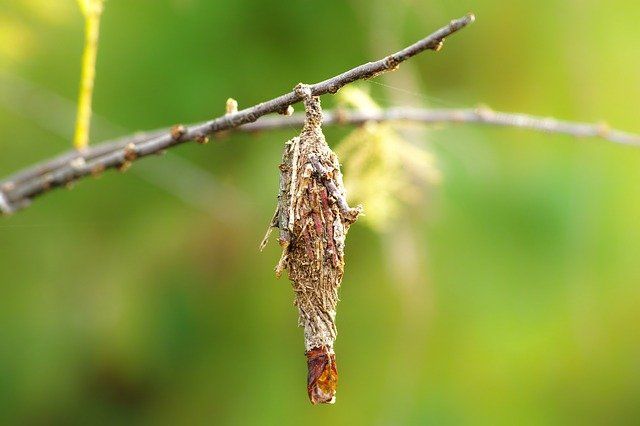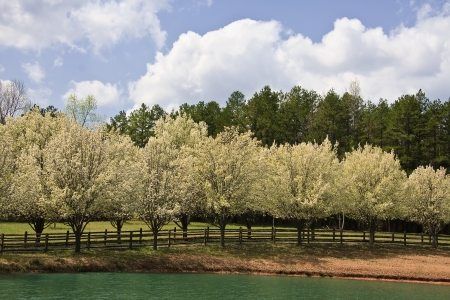Top 5 Reasons to Remove a Tree: When It’s Time to Let Go

Trees are a valuable part of any property, providing shade, beauty, and environmental benefits. Yet, there are situations where removing a tree becomes necessary. Whether the decision is due to safety concerns, diseases, or outstanding maintenance needs, understanding why and when to remove a tree is important. Below, we explore the top five reasons tree removal might be the best choice for your property.
1. Safety Hazards
One of the most significant reasons for removing a tree is safety. Over time, trees can become unstable due to root damage, leaning trunks, or broken branches. An unsafe tree is a liability, especially during storms or high winds when falling limbs or the trunk itself can cause harm to people, vehicles, or nearby buildings. Indicators like deep cracks, missing bark, or visible root problems often mean it's time to consult a professional arborist.
Consider a tree growing close to your home. Its branches might hang over the roof or touch the exterior walls, posing a direct risk of damage. Removing it proactively could prevent costly repairs later.
2. Disease and Decay
Much like people, trees are susceptible to diseases that can weaken or kill them over time. Common signs of a diseased tree include discolored leaves, unusual growths on the trunk or branches, and brittle bark that flakes easily. Certain conditions, such as fungal infections or infestations by pests like beetles, can spread rapidly to other nearby trees, making removal important.
Removing one infected tree could protect the health of an entire landscape. At the same time, a diseased tree often loses its structural stability, making it more likely to fall without warning. To avoid potential damage or spread of disease, an expert consultation is always recommended.
3. Property Damage Risks
Some trees simply outgrow their space, causing damage to foundations, driveways, and other property features. Deep-rooted species can extend their roots far beyond the base of the tree itself, potentially interfering with underground pipes or cracking pavement. Over time, the cost of repairing these damages can mount, making removal a cost-effective long-term solution.
For instance, if you notice cracked sidewalks or water pooling abnormally in specific spots of your yard, intrusive roots could be the culprit. While trimming roots might be a temporary fix in some cases, complete removal may be necessary for trees causing significant interference.
4. Preventing Overcrowding
When trees are planted too closely together or allowed to grow unchecked, overcrowding becomes an issue. This can hinder healthy growth and block airflow and sunlight from reaching all parts of each tree. Overcrowded spaces often result in poorly shaped, weak, or unhealthy trees, some of which may struggle to thrive.
By carefully removing one or more trees, you give the remaining ones room to grow stronger and healthier. Strategic tree thinning not only beautifies your property but also promotes the longevity of your landscape.
5. Aesthetic and Landscape Objectives
Sometimes, a tree doesn't pose an obvious risk but simply doesn’t fit into your property’s design. Maybe it blocks a beautiful view, grows in a way that’s uneven, or has heavy shading that inhibits other plants from thriving. Making modifications to your landscape often makes tree removal necessary to achieve your aesthetic goals.
For example, removing certain trees can clear the way for future additions, like a pool, patio, or other landscaping features. Other times, people choose to remove unhealthy trees that appear unsightly to improve the overall look of their yard.
What to Expect from Tree Removal
Tree removal isn’t a simple task. It takes careful planning and expertise to make sure it is done safely. Professionals assess the size of the tree, its location, and surrounding obstacles to determine the best strategy. Additionally, many companies provide cleanup and stump grinding or removal to leave the area usable and hazard-free.
Tree removal projects often come with a sense of relief, knowing that your property is safer and better prepared for the future. Partnering with knowledgeable arborists makes sure that the job is done correctly and with minimal stress.
Final Thoughts
While deciding to remove a tree can be tough, sometimes it’s the best decision for your property and safety. Whether it’s due to a hazardous condition, an infection, property damage, overcrowding, or a change in landscape plans, knowing the signs that it’s time for removal helps you act swiftly. Remember, consulting a certified arborist is the first step in determining the right course of action for your trees and property.
FAQs
How can I tell if a tree needs to be removed?
Look for signs like leaning, large dead branches, cracked trunks, or roots visibly pulling away from the soil. If you suspect issues, consult a professional arborist to assess the risks and options.
Is stump removal necessary after tree removal?
While not mandatory, stump removal is recommended if you plan to use the area for planting, construction, or to eliminate trip hazards. Leaving a stump can lead to pest issues or decay over time.

Tim Costley
Tim Costley is the President of Superior Arbor Management, Inc. He has achieved the ISA Arborist Certification to provide the best possible tree care for S.A.M.’s customers.
*ISA Certified Arborist #SO-1925A
*ISA Tree Risk Assessment Qualification (TRAQ)
*ASCA (American Society of Consulting Arborist) Member



